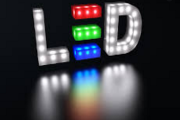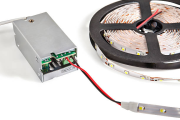AC/DC Constant Current Source Driver IC (1)
Lighting fixtures that use AC power directly on the lamp head require a simple AC/DC constant current source driver IC with a simple application circuit and low cost.
Most of the driver ICs currently in use are flyback constant-current driver solutions converted from switching power supplies, using the principle of isolation and step-down. Divided into two types of applications: primary-side feedback control and secondary-side feedback control. The accuracy of the secondary-side feedback control system can reach 2%, but the entire application circuit requires more than twenty components. The accuracy of the primary-side feedback control system is generally up to 5-3%, and the minimum number of components required for the entire circuit is only 7-8. LED lighting manufacturers pay great attention to cost.
At present, AC/DC constant current source driver IC is shifting from a flyback topology to a high-efficiency resonant half-bridge (LLC) + PFC topology. This can give full play to the advantages of the zero voltage switching topology (ZVS) and meet the increasing requirements of LED lamps for PFC (power factor correction). And it is required that the efficiency can be improved to at least 90% at lower power levels (such as <50 W). Wide voltage input, short circuit and over power protection, open circuit protection, and low total harmonic distortion (THD) are basic requirements.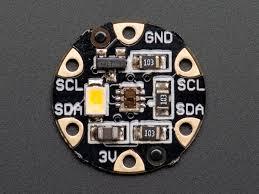
AC/DC Constant Current Source Driver IC Solution (2)
Another AC/DC constant current source driver IC development idea is to form a new driver IC with two average current mode controllers, power factor correction (PFC) and pulse width control (PWM). Among them, the switch charging used in the PFC stage Formula multiplier technology, can obtain higher power factor and lower total harmonic distortion (THD). And PWM can choose to use current mode control or voltage mode control.
The PFC regulation adopts the rising edge modulation, and the PWM adopts the falling edge modulation. Because the modulation with different triggers can reduce the ripple voltage on the PFC output capacitor. Adding a programmable two-stage PFC output function can improve the system efficiency at low voltage input and light load.
Add a variety of protection functions, including PWM and PFC soft start, PFC over-voltage/under-voltage, cycle-by-cycle current limit, PFC input under-voltage, etc., to ensure that the downstream LED light source is not damaged.
The PFC part works in continuous current mode, which can help reduce the rate of change of the boost inductor current and is suitable for higher power applications.
The gain regulator can provide a higher power factor and lower total harmonic distortion for the power supply, which is the core of the PFC stage. It can respond to the current loop for different input voltage, frequency, effective value voltage and PFC output voltage. The function of the gain adjuster is to generate a control signal to the PFC stage to control its duty cycle to maintain a stable output voltage. The reciprocal of the square of VRMS can provide constant power for high and low voltages.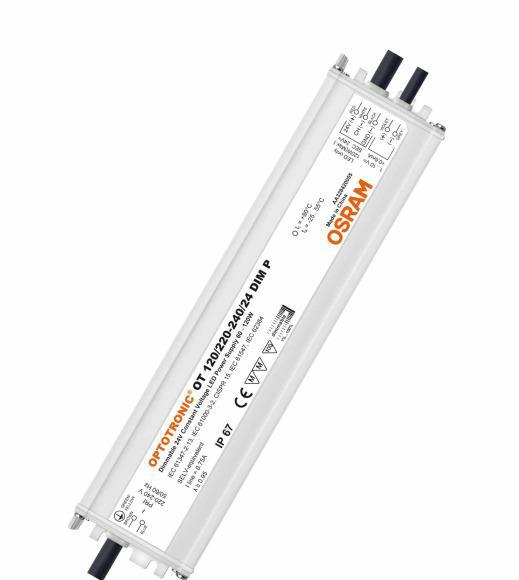
Application of AC/DC Constant Current Source Driver IC
The application of AC/DC constant current source driver IC and the thyristor dimmer are compatible with existing applications. There is a considerable amount of demand for the hotel industry and home lighting, and it is also a branch under development. The new development should be adapted to isolated AC/DC offline 100VAC/230VAC applications, suitable for front-cut phase dimmers, rear-cut phase dimmers, and a wide dimming range that can be increased from 2% to 100%. Resonance control is used to obtain a high efficiency of 85% and meet the harmonic requirements. The power factor reaches 0.9 when there is no dimmer.
For AC/DC constant current drive sources, conduction and radiation are very important parameters related to whether LED lamps can pass CE and UL certification. Therefore, the conducted EMI results must be tested according to EN55015 B standard under AC110V and AC230 V input conditions.
Price of Integrated Circuit
The price of integrated circuits follows the market rule of the pyramid.
Integrated circuit products have entered the natural law of continuous price reduction since the day they were born. It is precisely because of price cuts that the room for survival continues to expand. LED light sources and driver ICs are also integrated circuits, which naturally follow this natural law. This is the fundamental reason why LED lighting can grow rapidly in just a few years.
Every time the price of an integrated circuit product drops, its market expands several times. LED lighting is a massive product that enters the residential space, and it is inevitable that the sales price will become lower and lower. Silicon, the main raw material of integrated circuits, can be seen everywhere in nature, massive and cheap.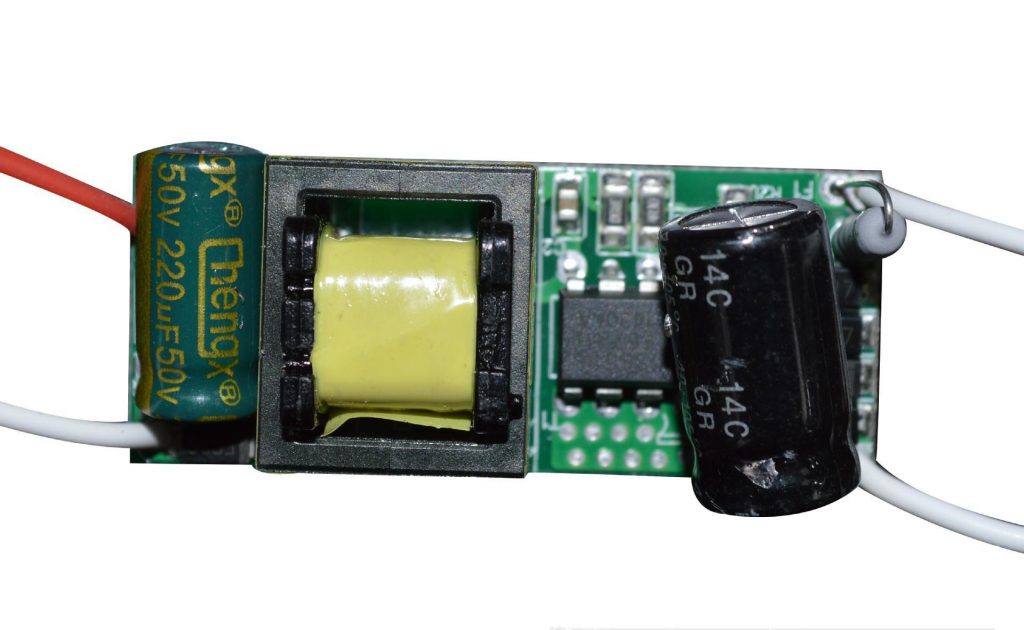
LED Fixtures Requirements for Low-voltage Driver Chips
-
Input voltage range
The nominal input voltage range of the driver chip should meet DC 8~40V to cover a wide range of application needs. The withstand voltage is preferably greater than 45V. When the input is a value of 12V or 24V, the output voltage of a simple bridge rectifier will fluctuate with the grid voltage, especially when the voltage is high, the output DC voltage will also be high. If the driver IC does not have a wide input voltage range, it will often be broken down when the grid voltage rises, thereby burning the LED light source.
-
Output current range
The nominal output current of the driver chip is required to be greater than 1.2~1.5A. As an LED light source for lighting, a 1W power led light source has a nominal operating current of 350mA. And a 3W power led light source has a nominal operating current of 700mA. High-power LED light sources require more current. Therefore, the driver IC selected for LED lighting fixtures must have sufficient current output. When designing the product, the driver IC must also work in the best working area of 70~90% of the full-load output. The driver IC that uses the full-load output current does not dissipate smoothly in the narrow space of fixtures. That is likely to cause fatigue and early failure of the lamp.
-
Constant output current
The output current of the driver chip must be kept constant. In this way, the LED can emit light stably without flickering. When using the same batch of driver chips under the same conditions, the output current should be as consistent as possible, that is, the discreteness should be small. In this way, efficiency and order can be ensured when producing on a mass automated production line. For drive chips with a certain degree of discrete output current, they must be selected before leaving the factory or putting them on the production line. Adjust the resistance value of the current setting resistor on the PCB. Make the LED lamp constant current driver board produced consistent with the same LED light source to maintain the consistency of the final product.
-
Chip packaging
The package of the driver chip should be conducive to the rapid heat dissipation of the driver chip die. For example, the bare chip is directly bound to the copper board, and a pin extends directly to the outside of the package. So that it can be directly soldered on the copper foil of the PCB board to conduct heat quickly. If 300~1,000mA current is passed on a chip similar to 4X4mm for a long time, it will inevitably generate power consumption and heat. Therefore, the physical heat dissipation structure of the chip itself is also very important.
-
Anti-EMI ability of the driver chip
The ability of the driver chip to resist EMI, noise and high voltage is also related to whether the entire ledfixtures product can successfully pass CE, UL and other certifications. Therefore, it is necessary to select advanced topology and high-voltage production technology when designing the driver chip.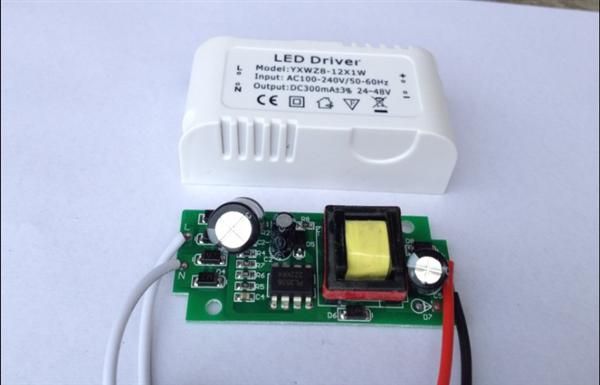
-
Power consumption
The power consumption of the driver chip is required to be less than 0.5W. And the switching operating frequency is required to be greater than 120Hz. That is to avoid visible flicker due to power frequency interference.
In short, led green lighting promotes the development of driver chips to innovative designs. LED lighting cannot do without a driver chip, so a multi-function LED light source driver IC is needed.
If an AC power supply below 36V is used for the led lamps, non-isolated power supply can be considered. If you choose 220V and 100V AC power, you should consider isolated power supply.
Direct use of AC 100~220V drive chips, due to the demanding requirements of the application on the volume, there are still higher technical requirements and greater difficulties. At present, all countries are working hard to develop. The massive demand market for led lamps gives all integrated circuit design companies a chance to succeed again. If you can transform quickly and release products early, you will have many opportunities to win.



